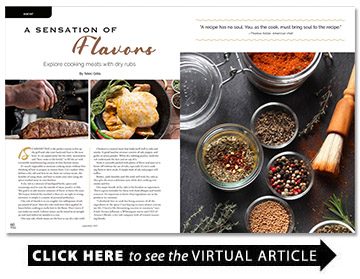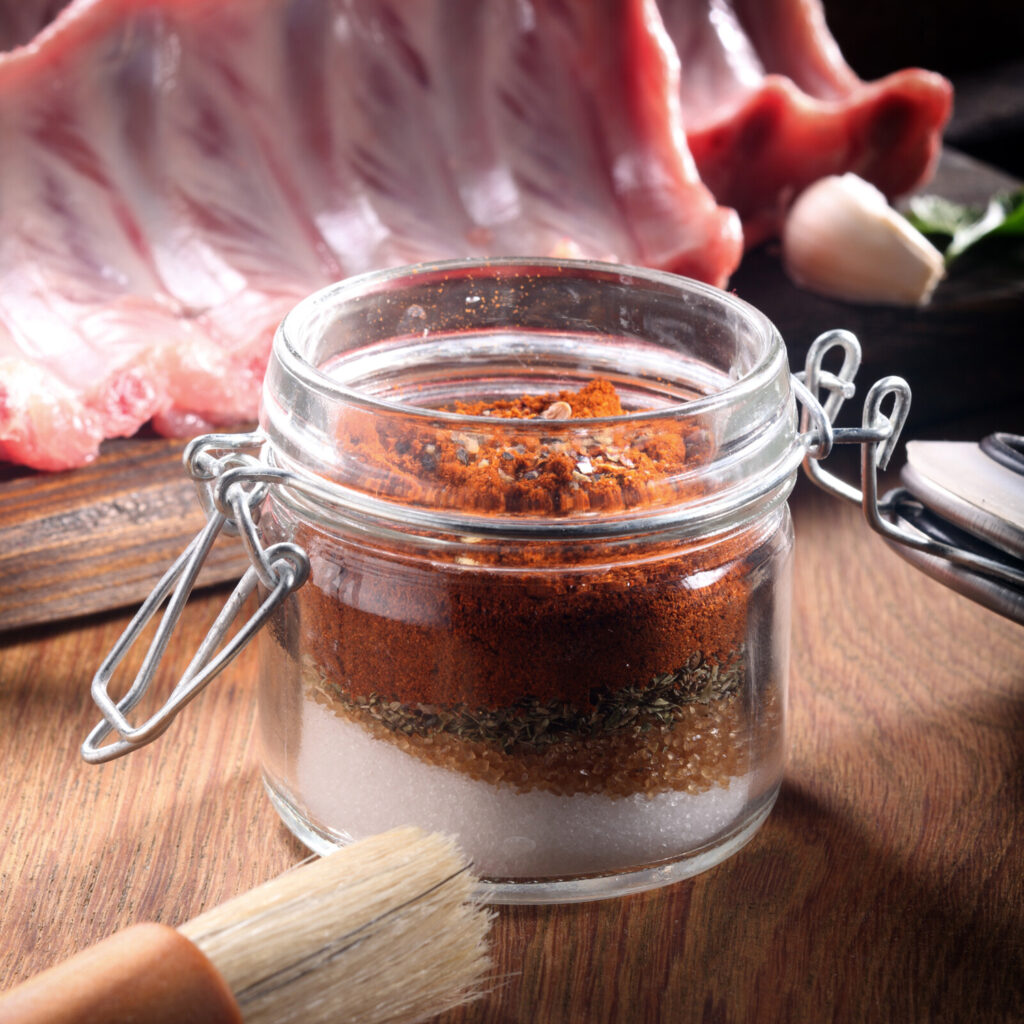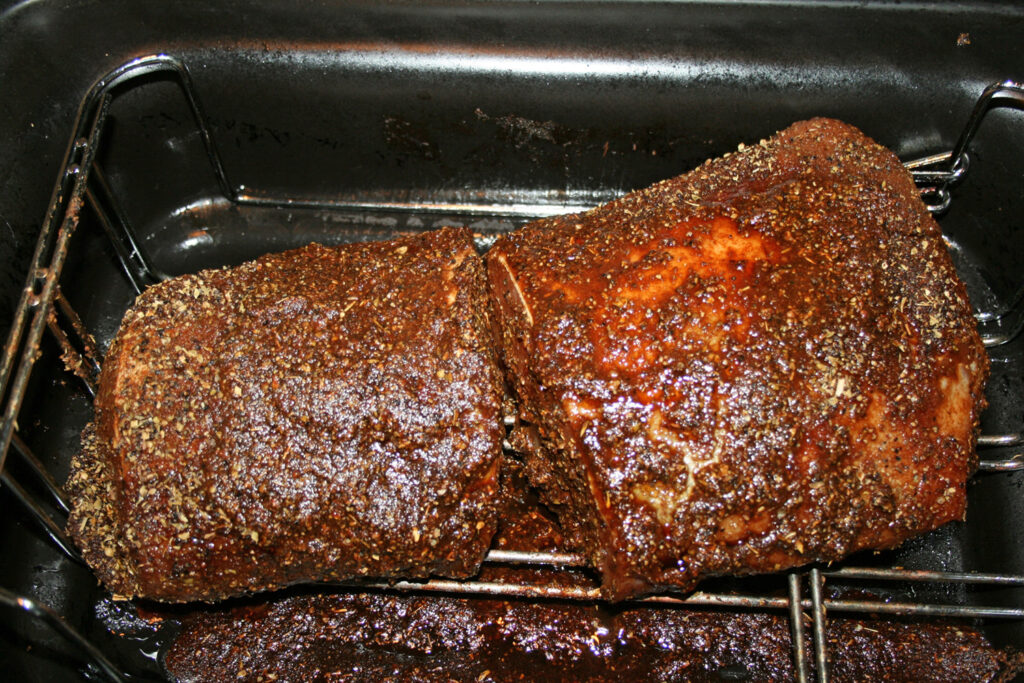A Sensation of Flavors
Explore cooking meats with dry rubs
BY Nikki Gillis
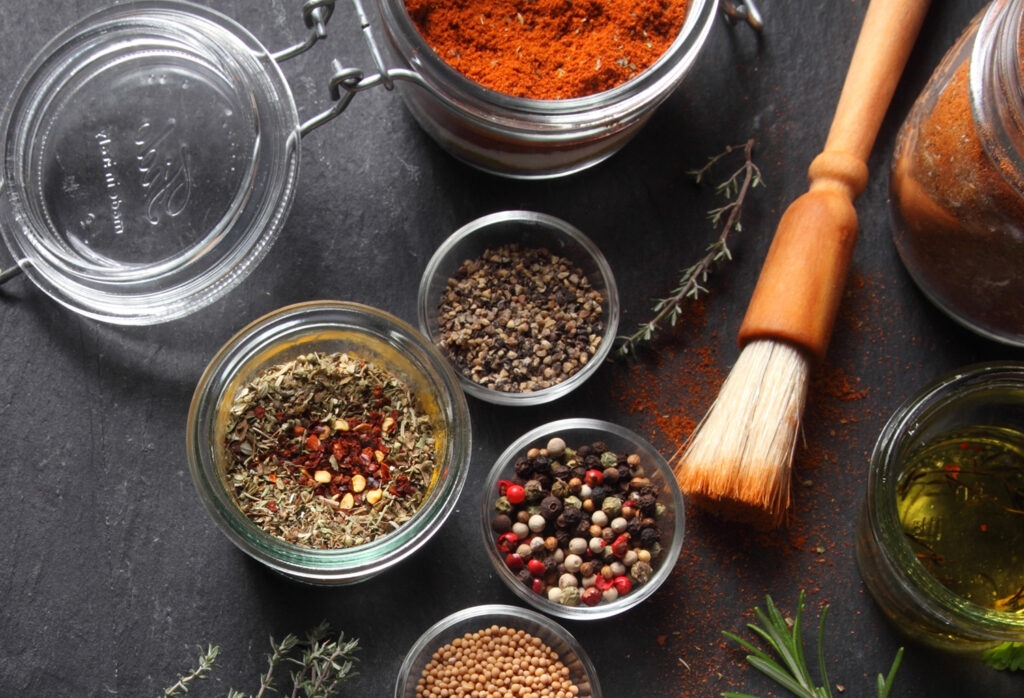
Summertime is the perfect season to fire up the grill and take your backyard feast to the next level. It’s an opportunity for the chefs, tastemakers and “best cooks in the family” to fill the air with irresistible mouthwatering aromas of their favorite meats.
It’s nearly impossible to mention cooking meats without first thinking of how to prepare or season them. Let’s explore what defines a dry rub and how to use them on various meats, the benefits of using them, and how to make your own using the spices stashed away in your kitchen.
A dry rub is a mixture of nonliquid herbs, spices and seasonings used to coat the outside of meat, poultry or fish. The goal is to add massive amounts of flavor to boost the taste. The beauty behind this method is there are no right or wrong mixtures, it simply is a matter of personal preference.
One rule of thumb is to use roughly two tablespoons of rub per pound of meat. Most dry rubs work best when applied 24 hours before cooking to really lock in the flavor. Don’t worry if you make too much. Leftover mixes can be stored in an airtight jar and used within six months to a year.
One may ask, which meats are the best to use dry rubs with?
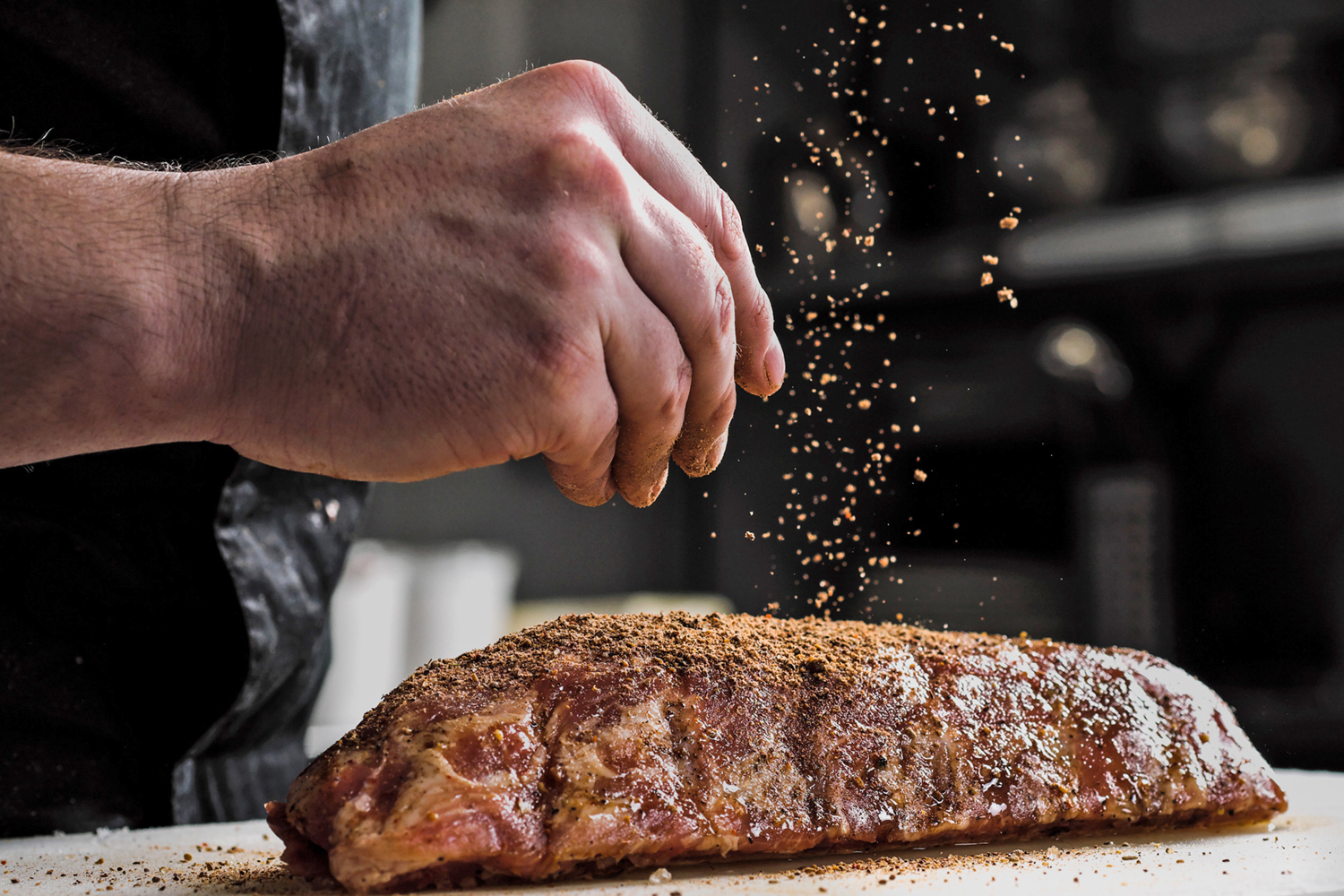
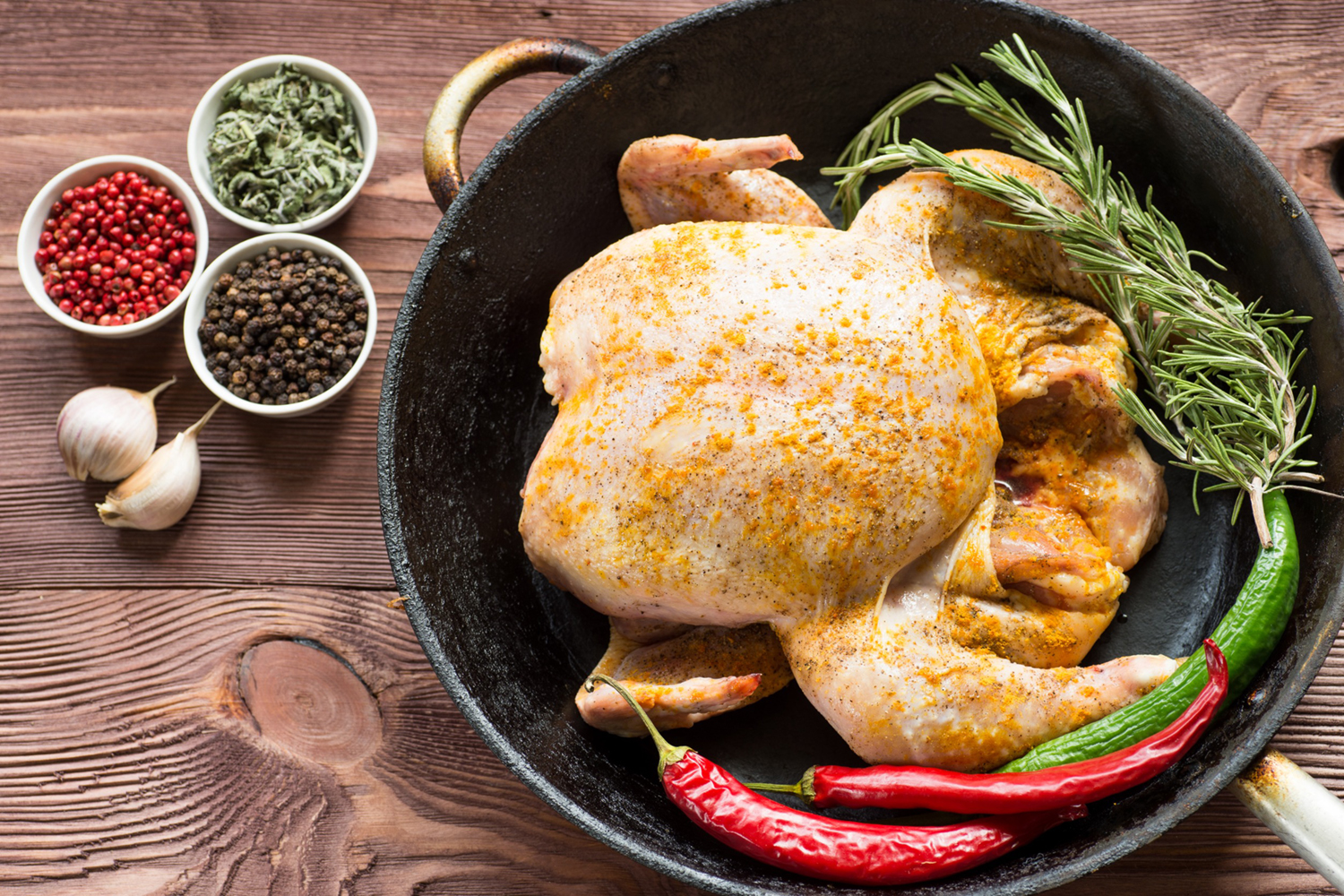
Chicken is a neutral meat that lends itself well to rubs and smoke. A good baseline mixture consists of salt, pepper, and garlic or onion powder. When dry rubbing poultry, work dry rub underneath the skin and on top of it.
Steak is naturally packed with plenty of flavor and juice so is better off without the use of rubs, especially if you’re cooking flank or skirt steak. A simple dash of salt and pepper will suffice.
Brisket, pork shoulder and ribs work well with dry rubs as they give the meat a delicious taste while slow cooking over smoke and fire.
One major benefit of dry rubs is the freedom to experiment. This is a great reminder for those with food allergies and health concerns. It’s important to know what ingredients are in the products we consume.
“I absolutely love to cook but being unaware of all the ingredients in the spices I was buying in stores almost cost me my life. I faced a life-threatening reaction to rosemary,” says Emily Avonya Jefferson, a Wilmington native and CEO of Avonya’s Blends, a dry rub company with all natural seasoning blends.
How to Make Your Own Dry Rubs
Here comes the fun part, mixing and blending until you get what you like.
1. Assemble all the spices or ingredients you’d like to use.
2. Measure the spices in a prep bowl. Use a zipper storage bag or jar with tight fitting lid to toss.
3. Rub your mixture into the meat all over. Cover tightly with foil for as much as 24 hours to set the flavors.
If you believe sharing is caring and you’d like to kick it up a notch, here are a few creative tips.
- Make gifts of your dry rub to pass out during cookouts, holidays, parties, etc.
- Find the schedule of your local farmers market and ask for permission to give or sell your mixture to shoppers.
- Enter your mixture in local fairs, food contests, etc.
Remember not to overthink it — creating and blending the perfect signature dry rub is an art and a great opportunity to just have fun! There are no right or wrong ingredients, so take your time. More importantly, create a mixture that keeps your guests ready for the next event you host.
Dry Rub Recipes
Pork Dry Rub, Including Ribs
- ½ – ¾ cup Demerara sugar
- 2 Tbsp Herbamare seasoning salt
- 2 Tbsp onion powder
- 2 Tbsp garlic powder
- 2 Tbsp smoked paprika
- 1 Tbsp dry mustard
- 1 Tbsp black pepper
- 1 tsp cayenne pepper
- ⅛ tsp allspice
General Beef Rub
- ¼ cup Herbamare seasoning salt
- 2 Tbsp Demerara sugar
- 4 Tbsp garlic powder
- 4 Tbsp onion powder
- 1 Tbsp black pepper
- 1 tsp cayenne pepper
- 2 tsp chili powder
- 4 tsp dried oregano
Beef Brisket Rub
- 5 Tbsp smoked paprika
- 3 Tbsp Herbamare seasoning salt
- 2 Tbsp garlic powder
- 2 Tbsp onion powder
- 1 Tbsp ground black pepper
- 1 tsp cayenne pepper
- 2 tsp ground cumin
- 1 tsp ground coriander
- 1 tsp dried oregano
- ¼ tsp chili powder
- 1 cup Demerara sugar
Directions:
Work rub into the meat, then seal tightly in foil for 12 to 24 hours. The foil pack can go directly in the oven on a pan or in a baking dish. Bake slowly for the best flavor on a very low heat — 275 degrees for 2 ½ to 4 hours depending on the weight.
